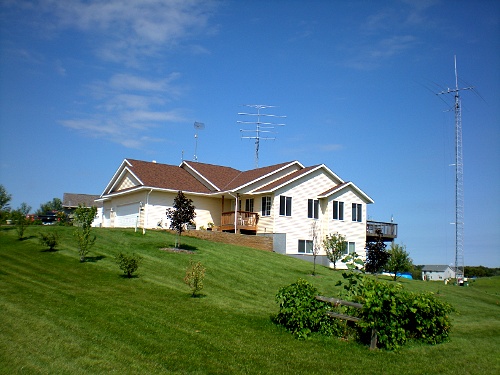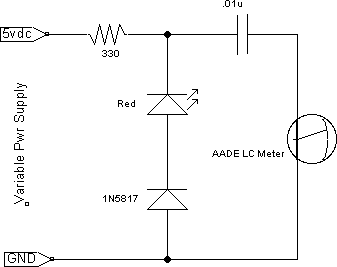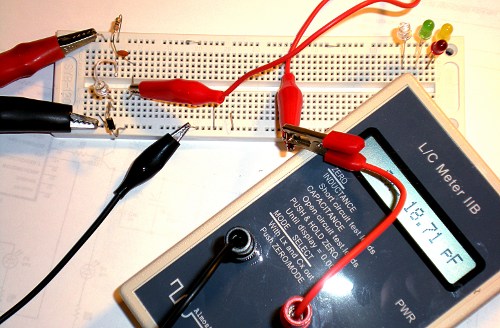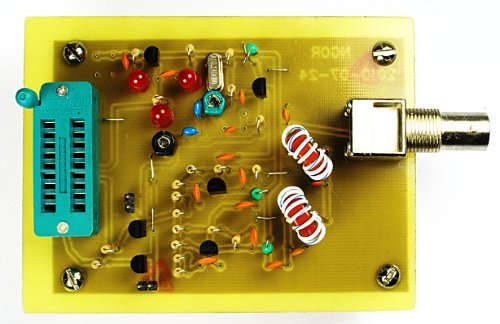APRS: RF vs Blackberry
I had to run an errand over my lunch break so I decided to run an APRS experiment.
NG0R-9 : Kenwood D700 @ 50w transmitting every 3 minutes
NG0R-12 : Blackberry Bold running APRSBB sending every 45 seconds (the default)
There is an APRS receive gateway here in Kingston, MN so coverage should not be a problem. The trip today was a maximum of 12 miles in a straight path to the receive station.
Red is the RF beacon
Pink/Purple is the Blackberry

I was surprised at how much of my trip was missed or not received on the RF path. I expected to see more cell phone/data drop outs because there are numerous black holes in my area on the AT&T network.

The weird part is that I was heard by three stations ranging in distance from 12 miles away to 129 miles away. I would have expected the two closest sites to be able to hear my whole trip.
The table below show that with the D700 in my truck I have seen APRS paths as good as 200 miles over the past couple of weeks. Those are some pretty extreme distances as 20-40 miles is more common.

Links:
Blackberry APRS client:
http://aprsbb.bluearray.net/
APRS Maps & Data:
http://aprs.fi/info/NG0R-9
This data really surprised me as I figured that I would have better APRS coverage near my home since there is are two nearby receive sitez. It makes me want to do some more experimenting.

NG0R-9 : Kenwood D700 @ 50w transmitting every 3 minutes
NG0R-12 : Blackberry Bold running APRSBB sending every 45 seconds (the default)
There is an APRS receive gateway here in Kingston, MN so coverage should not be a problem. The trip today was a maximum of 12 miles in a straight path to the receive station.
Red is the RF beacon
Pink/Purple is the Blackberry

I was surprised at how much of my trip was missed or not received on the RF path. I expected to see more cell phone/data drop outs because there are numerous black holes in my area on the AT&T network.

The weird part is that I was heard by three stations ranging in distance from 12 miles away to 129 miles away. I would have expected the two closest sites to be able to hear my whole trip.
The table below show that with the D700 in my truck I have seen APRS paths as good as 200 miles over the past couple of weeks. Those are some pretty extreme distances as 20-40 miles is more common.

Links:
Blackberry APRS client:
http://aprsbb.bluearray.net/
APRS Maps & Data:
http://aprs.fi/info/NG0R-9
This data really surprised me as I figured that I would have better APRS coverage near my home since there is are two nearby receive sitez. It makes me want to do some more experimenting.
- Map out a regional trip and compare the APRS coverage of the RF path vs. cell path. (AT&T cell coverage gets pretty spotty as you move further west across rural Minnesota)
- Put up two receive stations at my QTH (attic and tower) and compare what I can hear direct at my QTH vs the nearby APRS receive nodes.









































